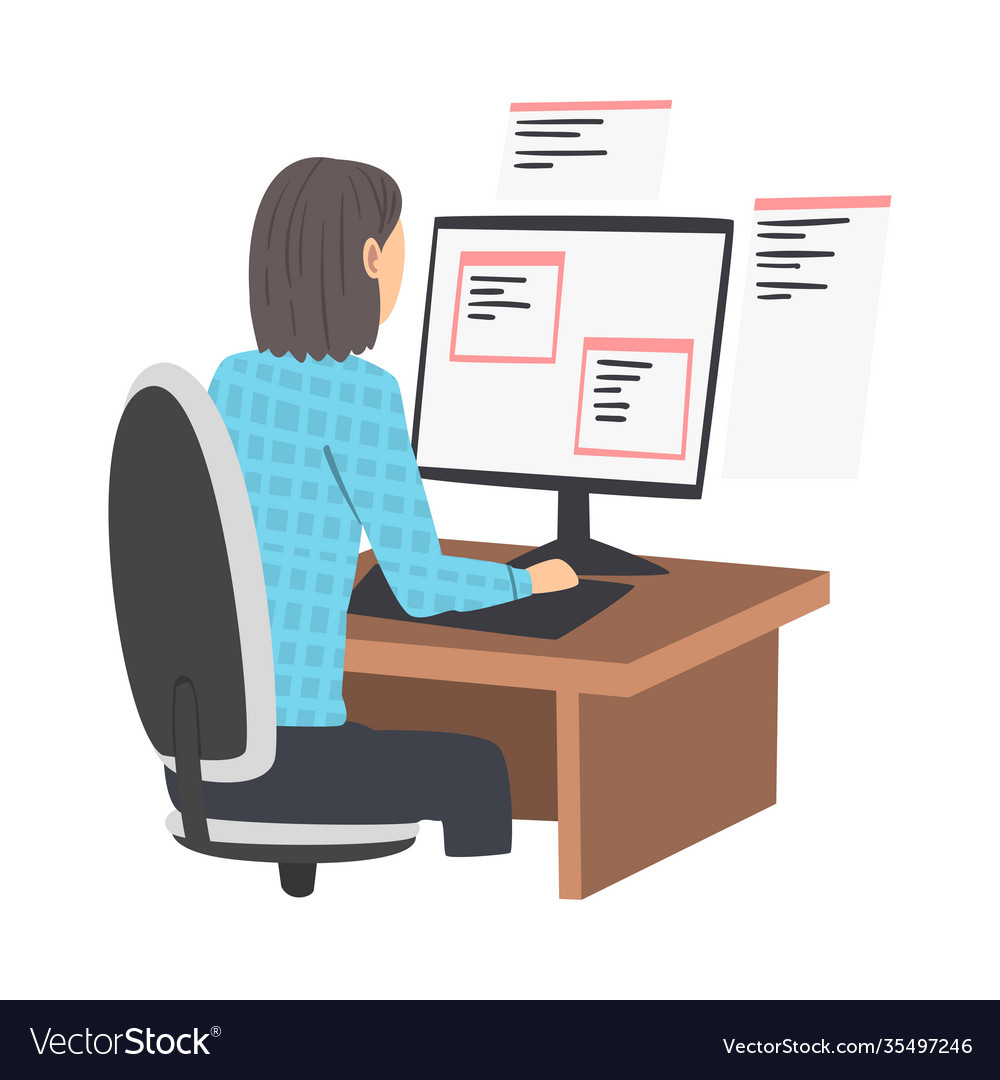Hire Dedicated Developers for Your Next Big Project with Confidence
Hire Dedicated Developers for Your Next Big Project with Confidence
Blog Article
Dedicated Developers vs. In-House Teams: Which Is Right for You?
The choice in between utilizing specialized developers and keeping an internal group is a substantial one that can affect the trajectory of your tasks and general service approach. On the other hand, internal groups add to a cohesive firm society and a nuanced understanding of long-lasting objectives.
Comprehending Committed Designers
The growing need for specialized abilities in the technology market has actually brought about the introduction of dedicated programmers as a feasible solution for numerous organizations. These experts are generally contracted on a job basis, permitting companies to leverage certain experience without the lasting commitment connected with permanent hires. Devoted designers are typically embedded within a client's group, providing versatility and scalability to fulfill project demands.
This version permits companies to access a worldwide talent swimming pool, which is especially useful in a quickly evolving technological landscape. Dedicated designers can be sourced from various geographical places, making certain that companies can discover the ideal ability at competitive prices. They usually bring a riches of experience and expertise, having actually worked on diverse jobs throughout different industries.
Moreover, specialized designers can focus solely on the tasks available, enhancing productivity and effectiveness. They are outfitted to integrate seamlessly into existing operations, working together very closely with internal teams to accomplish job purposes. This strategy not just lowers the concern of employment and training however additionally enables organizations to remain dexterous, adjusting quickly to altering market needs and technological innovations.
Benefits of In-House Teams

Additionally, in-house teams have a tendency to have a deeper understanding of the firm's goal, values, and goals. This placement can boost staff member engagement and inspiration, as employee feel a lot more linked to their work and the organization's success. Furthermore, having a specialized in-house group enables better alignment of purposes and methods, as these members are regularly concentrated on the firm's top priorities.
Internal teams likewise help with quicker decision-making procedures, as they can react a lot more quickly to challenges and adjustments. The well-known partnerships and experience with company procedures permit structured operations and decreased miscommunication. Inevitably, the combination of a cohesive culture, placement with business goals, and effective interaction makes in-house groups a beneficial property for several companies, specifically those looking to grow long-lasting development and development.
Cost Factors To Consider
When assessing price factors to consider, both dedicated programmers and internal teams existing unique economic effects for companies. Engaging devoted designers normally involves a pay-per-project or hourly price model, which can be economical for organizations with rising and fall project needs. This strategy enables adaptability in scaling sources up or down, ensuring that firms just spend for the services they require.
On the other hand, internal teams entail fixed costs, including salaries, advantages, and overhead hybrid application development expenditures such as office and devices. While this design supplies higher control and instant availability of resources, it might result in greater lasting expenses, specifically if the workload does not justify a full-time personnel.
Moreover, companies should take into consideration the concealed costs connected with employment and training of internal workers, which can additionally stress budget plans. In many cases, the moment and resources invested in taking care of an in-house team can diminish the organization's core business goals.

Job Monitoring and Versatility
Job administration and adaptability are important factors that affect the option between in-house groups and dedicated designers. Committed designers typically use a high level of versatility, enabling organizations to range sources up or down based upon task needs. This agility can be specifically useful for services experiencing rising and fall workloads or those looking for to innovate More Info swiftly. Devoted groups frequently have developed processes for managing tasks effectively, leveraging certain approaches like Agile or Scrum, which assist in repetitive development and adaptability.

Eventually, the choice between in-house groups and devoted developers depends upon the desired level of flexibility and the particular project administration requirements. Firms should evaluate their functional characteristics, task complexity, and source schedule to identify which choice straightens best with their critical goals.
Making the Right Choice
Choosing the right growth strategy-- internal teams or devoted designers-- requires a cautious analysis of various elements that align with a firm's critical goals. offshore software development. Consider the nature of the project. Committed designers might be extra appropriate if it requires specialized abilities or a fast scale-up. On the other hand, in-house teams can provide much better continuity and assimilation with existing employees.
Next, evaluate your spending plan. Dedicated programmers often provide an affordable option for short-term jobs, while in-house teams might incur greater long-term costs due to salaries, benefits, and expenses costs. Evaluate the degree of control and collaboration desired; in-house teams normally promote more powerful communication and alignment with firm culture.
If prompt outcomes are essential, devoted developers can be onboarded quickly, whereas developing an in-house group takes time for recruitment and training. If continuous development is crucial, investing in an internal team may produce better returns over time.
Verdict
In conclusion, the decision between internal teams and committed programmers pivots on project requirements and business goals. Conversely, in-house groups grow a natural society and deeper positioning with lasting goals.
The choice in between utilizing dedicated programmers and maintaining an in-house group is a considerable one that can influence the trajectory of your projects and general service method.Project administration and versatility are essential aspects that affect the choice between internal groups and specialized programmers. software development partner.In comparison, internal teams might succeed in keeping a consistent job administration framework due to their familiarity with the organization's society and long-term objectives. Devoted programmers frequently present an affordable remedy for short-term jobs, while internal teams might incur higher long-lasting costs due to wages, advantages, and overhead expenses.In verdict, the decision in between internal groups and committed programmers pivots on task needs and organizational goals
Report this page